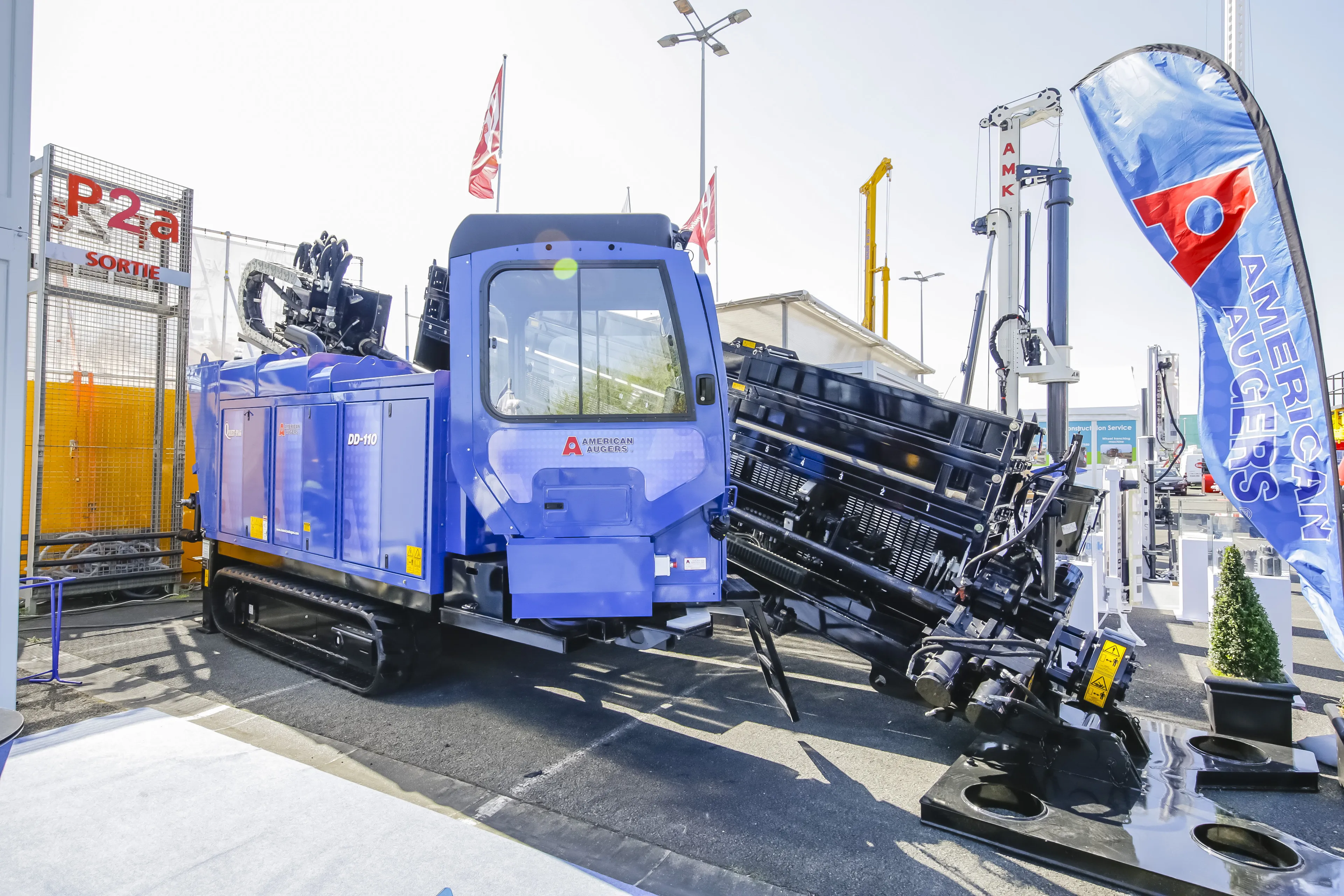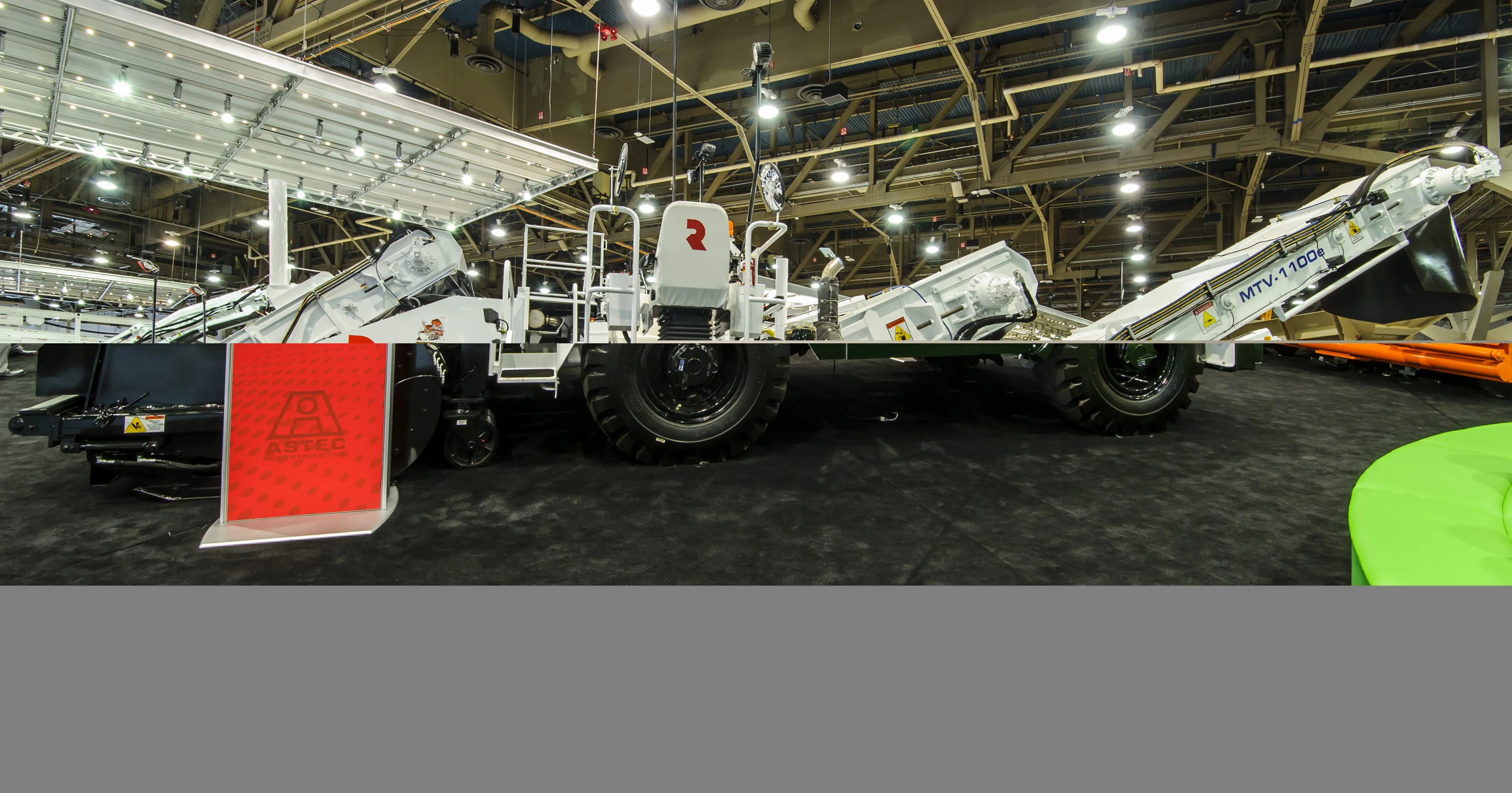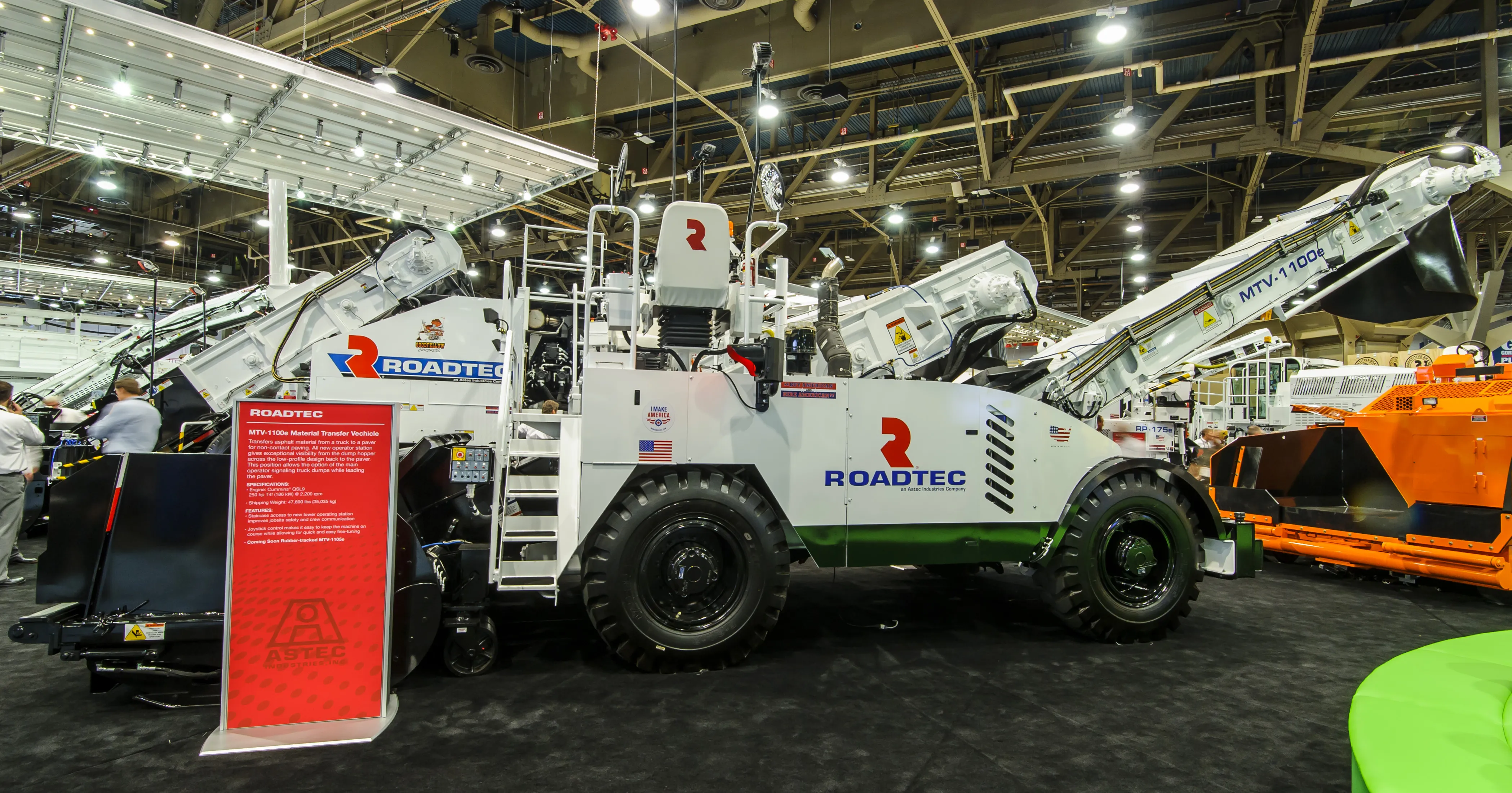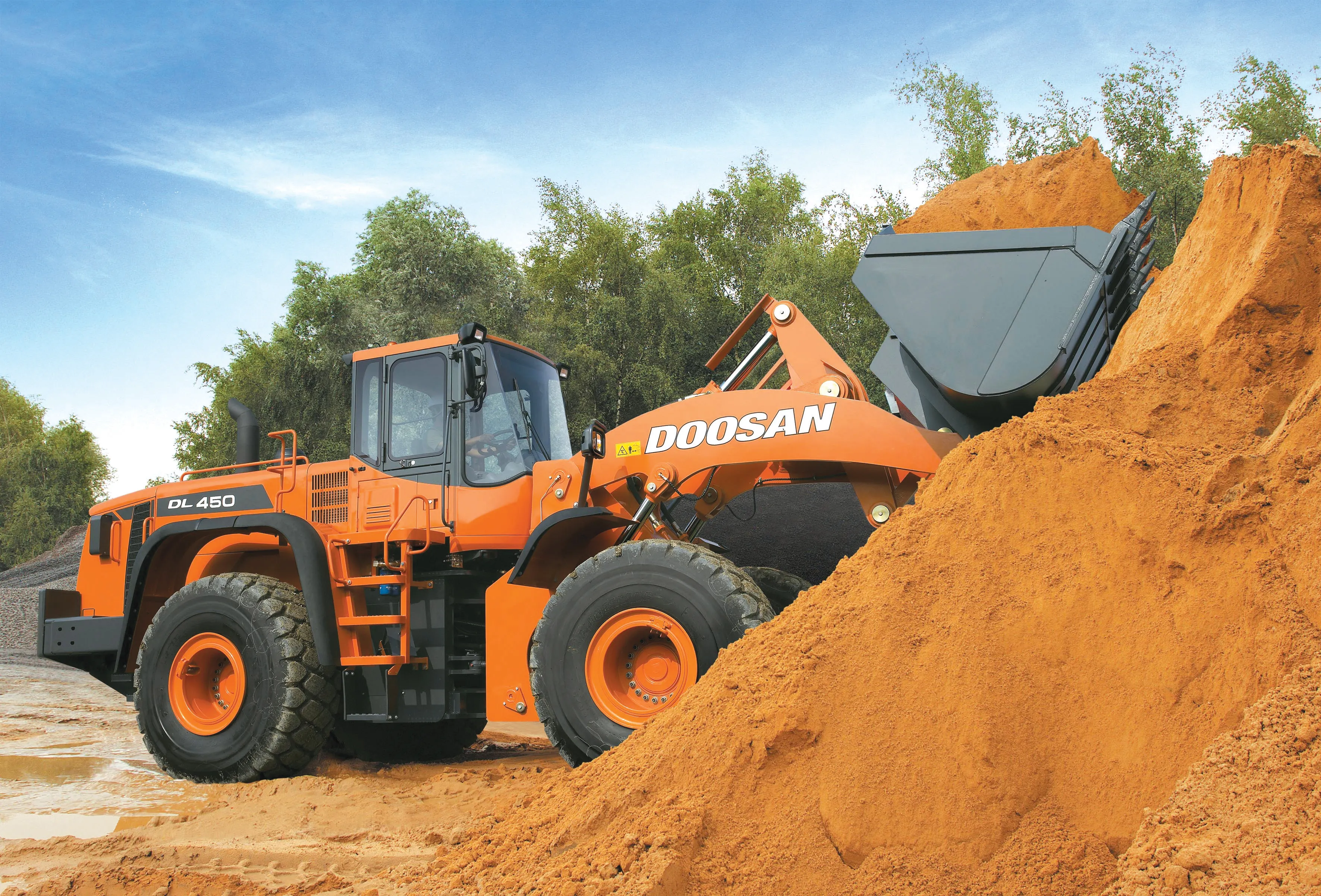The new DD-110 model from American Augers is said to deliver improved performance in trenchless applications over the machine being replaced. This upgraded horizontal drill can be equipped with either Tier 3/Stage III or Tier 4 Final/Stage IV compliant engines, depending on the needs of the local market. Both variants used Cummins diesels rated at 194kW, delivering rotary torque of 20,337Nm due to its new radial piston rotary drive. The machine is able to deliver a force of 49tonnes and also benefits from a
January 6, 2017
Read time: 2 mins

The new DD-110 model from 7650 American Augers, deliver improved performance in trenchless applications over the machine being replaced. This upgraded horizontal drill can be equipped with either Tier 3/Stage III or Tier 4 Final/Stage IV compliant engines, depending on the needs of the local market. Both variants used 196 Cummins diesels rated at 194kW, delivering rotary torque of 20,337Nm due to its new radial piston rotary drive. The machine is able to deliver a force of 49tonnes and also benefits from a new radial piston thrust drive system, which is said to be smooth, quiet and controllable where slow speeds are required. Marketing manager Kelly Foos said, “This one is the first off the line. We took customer suggestions on the market’s best seller and tweaked the design here and there.”
A new dual pivot drill frame design means that the operator can adjust drill frame angle without having to raise the tracks from the ground. Meanwhile a new larger front foot for the 20.4tonne machine allows for better anchoring for larger and longer projects.
Other upgrades for the new DD-110 include a higher capacity pipe lift, redesigned operator’s cabin that can be pivoted for a better view of the working area and new joystick controls and displays that make the machine easier to use. Designed for use worldwide, the DD-110 can handle pipe lengths of 4.6 and 6.1m.
A new dual pivot drill frame design means that the operator can adjust drill frame angle without having to raise the tracks from the ground. Meanwhile a new larger front foot for the 20.4tonne machine allows for better anchoring for larger and longer projects.
Other upgrades for the new DD-110 include a higher capacity pipe lift, redesigned operator’s cabin that can be pivoted for a better view of the working area and new joystick controls and displays that make the machine easier to use. Designed for use worldwide, the DD-110 can handle pipe lengths of 4.6 and 6.1m.









